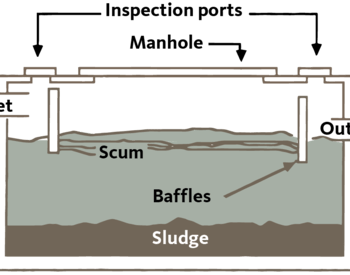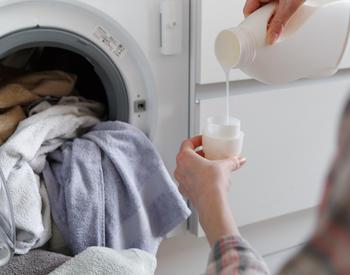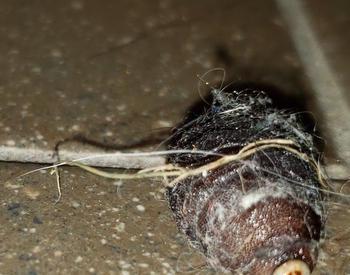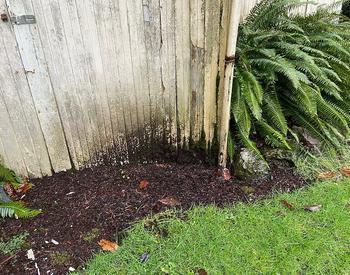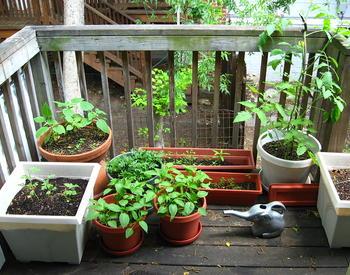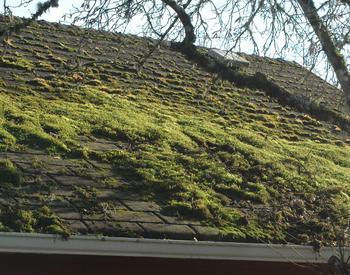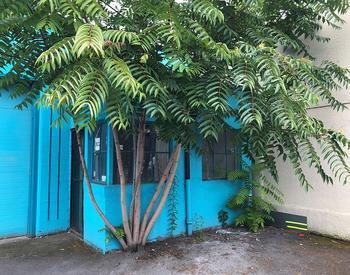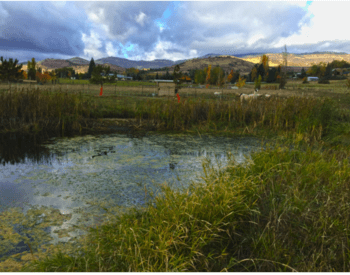There are various recommendations on when to pump a septic tank. What is your recommendation for pumping a 1000 gal polyethylene tank for a household of two adults? The chart in OSU Extension's publication states 5.9 years. Currently, the tank has 8-9" of scum and almost no sludge at least I couldn't detect much sludge by the stick method & feel.
The table in Septic Tank Maintenance, OSU Extension is meant as a guide and can vary based upon how your family uses the tank. Another contributor to a reduced sludge layer for the two of you is your time away from home. If you are both out of the house for 40-50 hours per week, you contribute less potential sludge components.
If this is your first time with a septic tank, it is advisable to have a septic professional come out about the 5.9 to 6 year mark for an inspection and possible pumping. Pumpers are much better at judging the sludge depth and will also use a tank camera to evaluate the baffles and distribution box.
Keeping pumping records is advisable to help navigate how often to pump. Recognize that sludge needs to be pumped out well before the tank appears full to allow for the appropriate treatment time for waste coming into the tank. As the sludge layer gets thicker, the less time it takes for the wastewater to break down before being pushed into your drain field.
Poly tanks have had more issues over the past 10 or so years with small breaks causing effluent to leak out without the appropriate tank treatment time.


